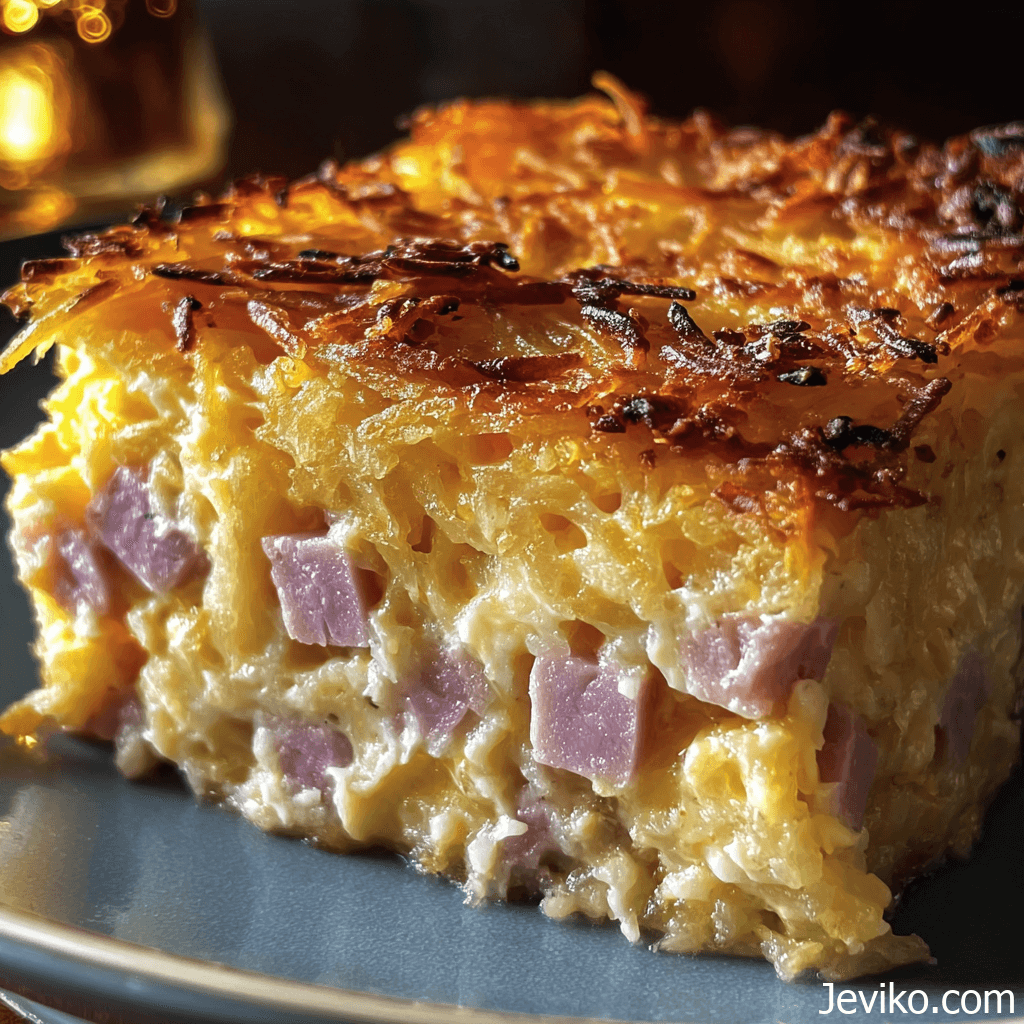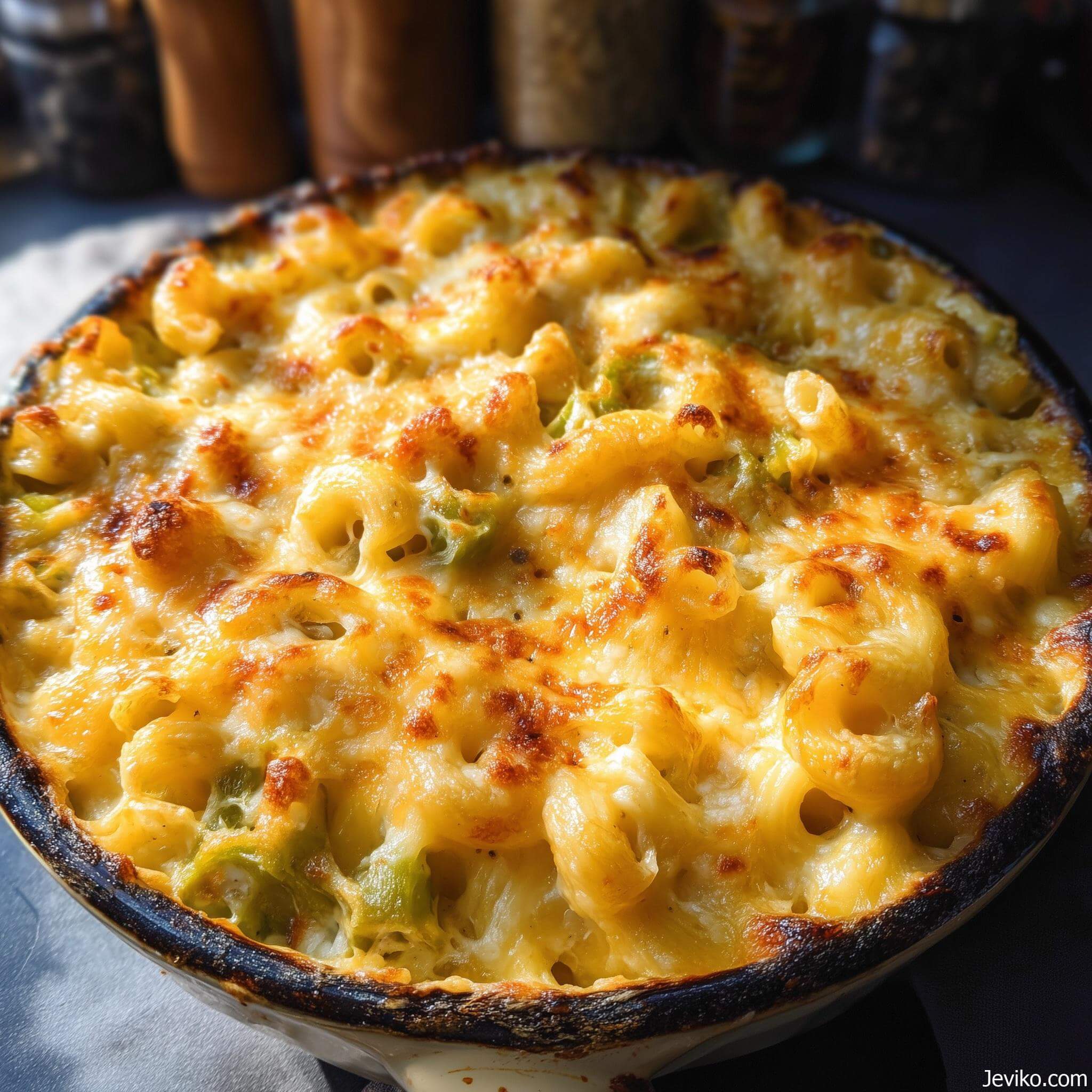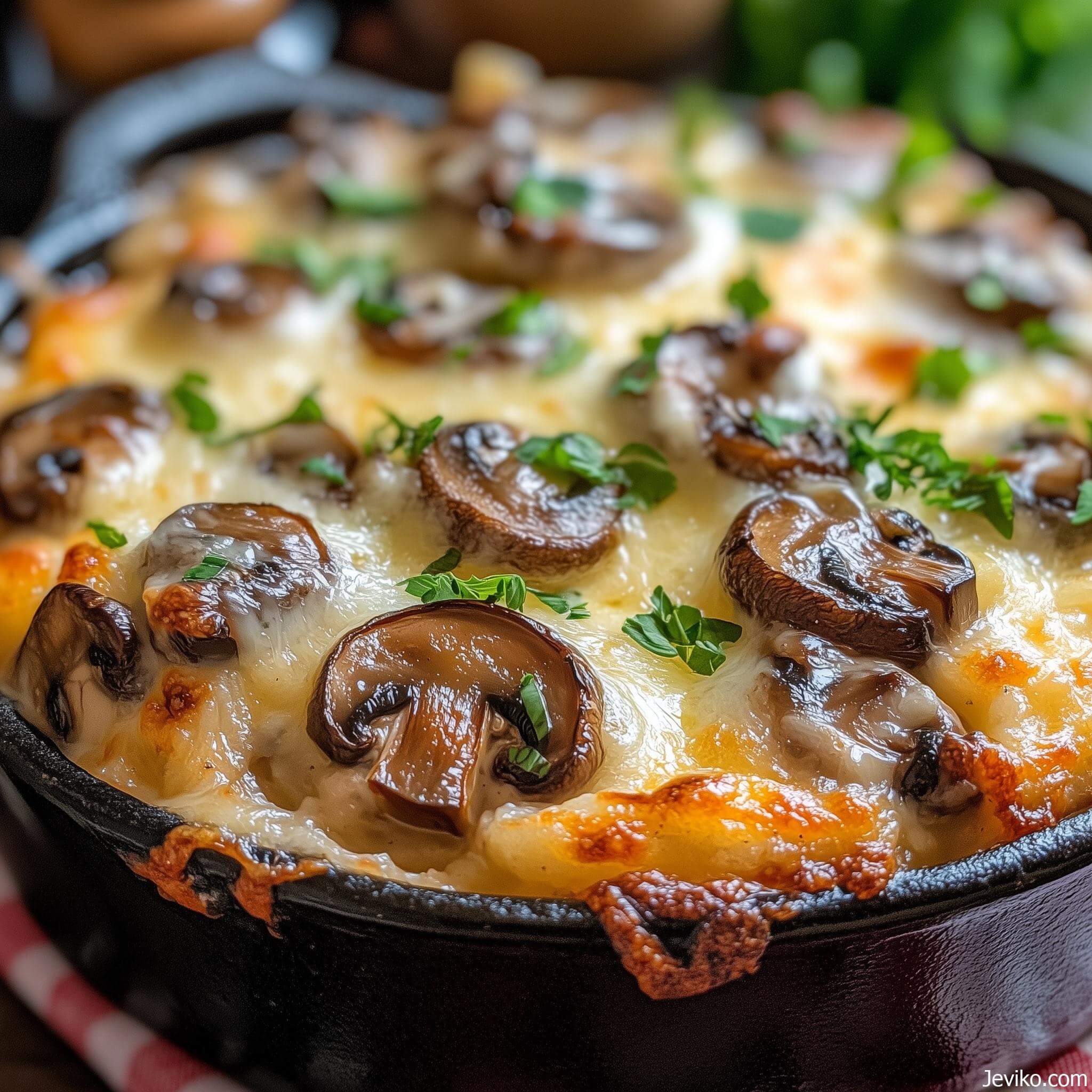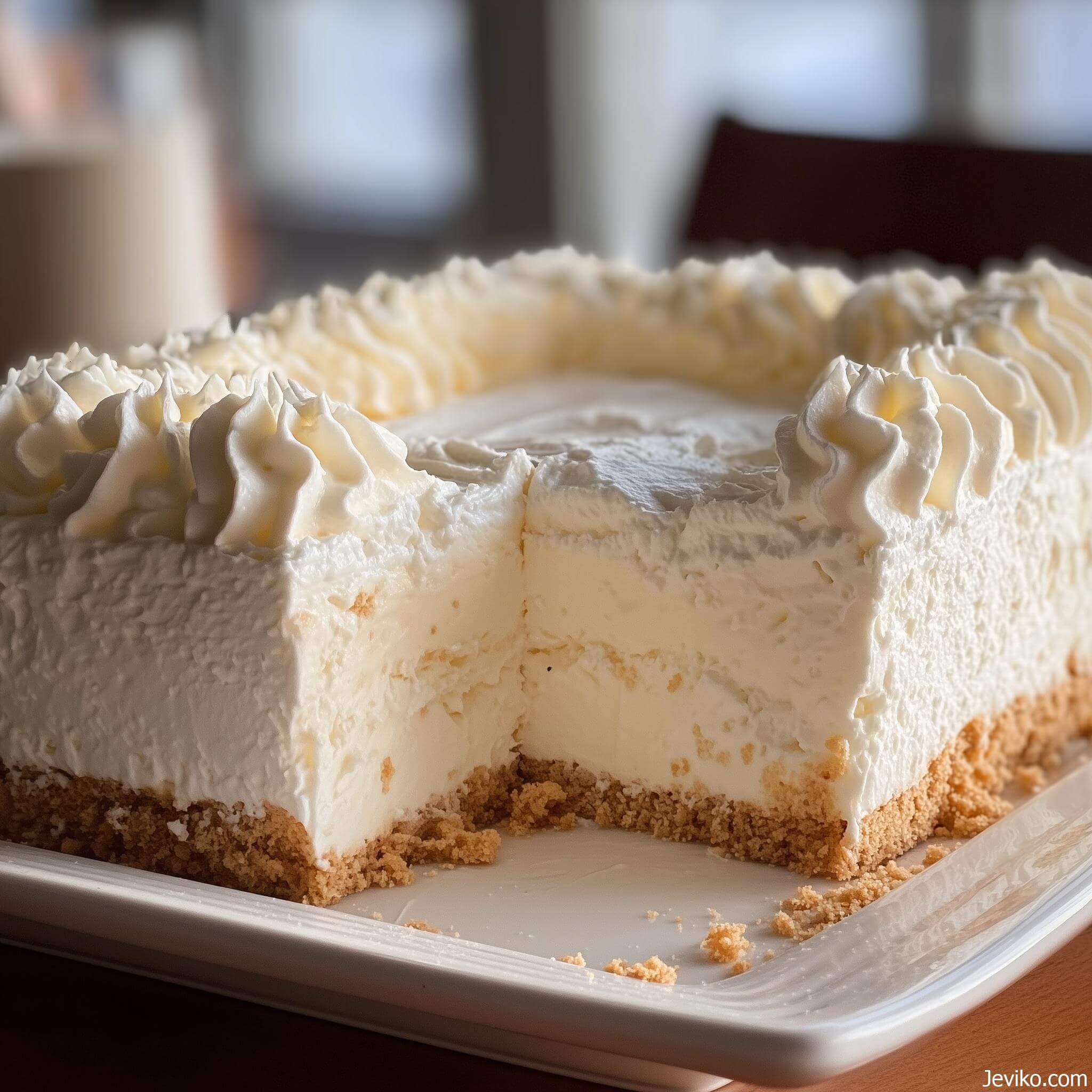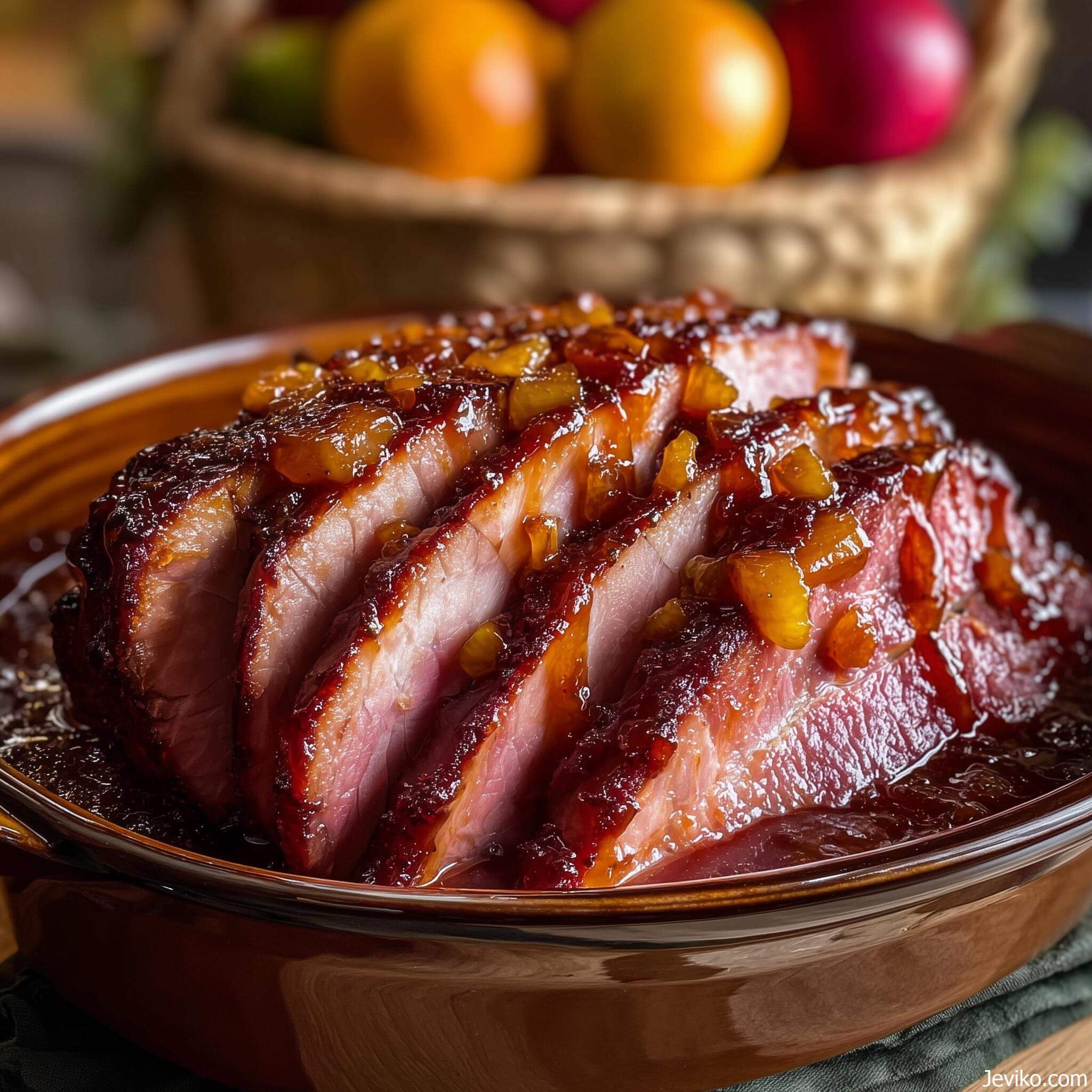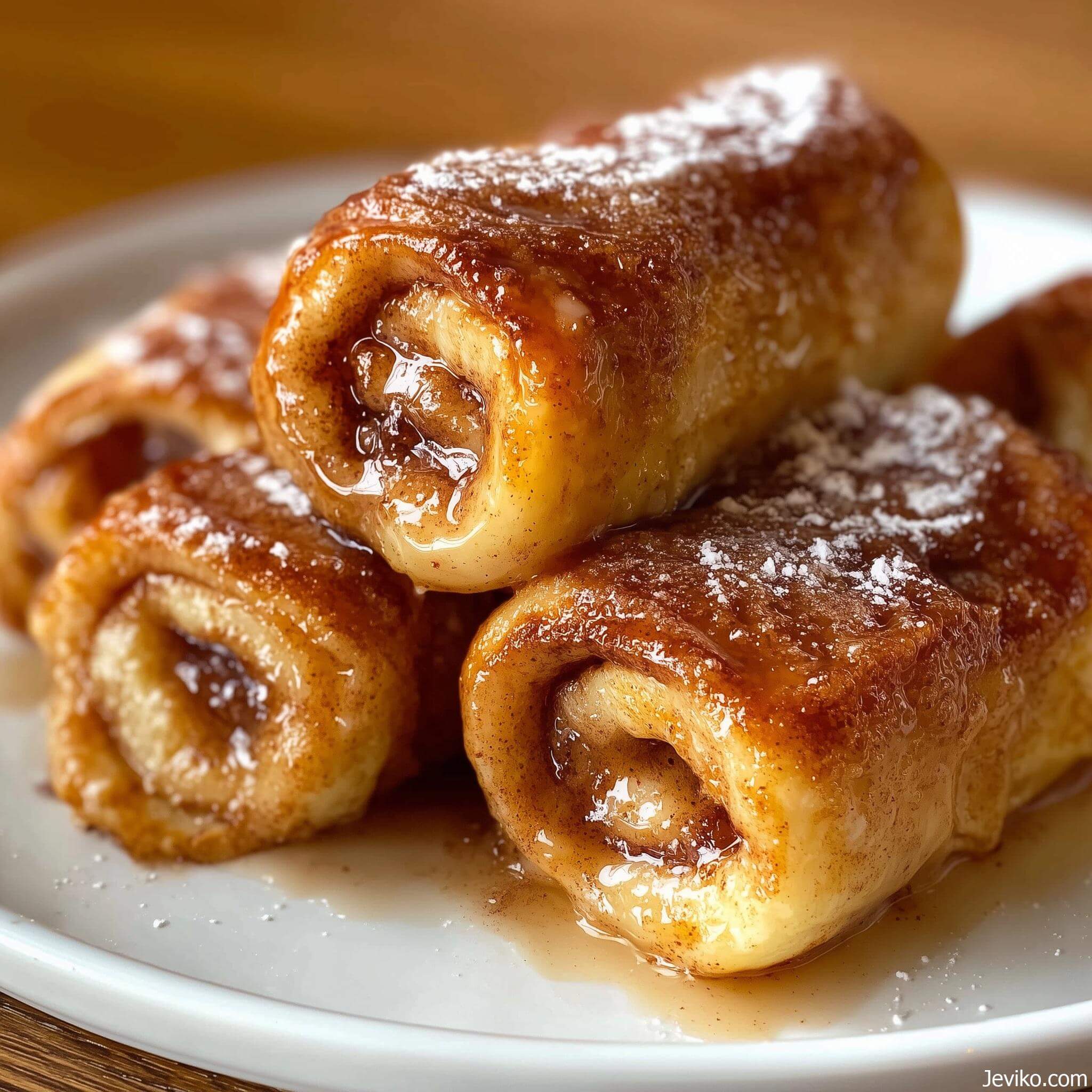
If you’ve ever stood in the kitchen on a Sunday afternoon, with the scent of something rich and buttery baking away in the oven, then you know the soul-warming magic of a good potato dish. This scalloped potatoes recipe? Oh my goodness—this one hits every single note. It’s the kind of dish that brings people back to the table for seconds (and thirds if they’re not shy, which my uncle Ricky never is).
I first made this version for Easter a few years ago when I realized we were having ham, rolls, and… no potatoes. I thought, “What am I even doing here?” So I grabbed what I had in the pantry—russets, cream, butter, and a little cheddar—and whipped up something so creamy, so rich, and just perfectly golden on top that now it’s requested at every single family holiday.
And I couldn’t wait to share it with you. Because everyone deserves to have this melt-in-your-mouth potato bliss in their life!
Why You’ll Love These Scalloped Potatoes:
- Creamy, cheesy, and comforting – every forkful is warm and velvety with just the right bite from the onions.
- Perfectly golden top – that bubbling, cheesy crust is pure heaven.
- Make-ahead friendly – they reheat beautifully, which is a lifesaver during busy holidays.
- Customizable – you can toss in ham, bacon, or even roasted garlic for a flavor twist.
Can I freeze scalloped potatoes?
Yes, you can freeze scalloped potatoes, but keep in mind they’re best enjoyed fresh. If you do want to freeze them, here’s what I recommend:
- Bake the dish completely first—this helps the sauce set properly and prevents the potatoes from turning grainy or watery after thawing.
- Let it cool completely before freezing. I usually let it cool on the counter for an hour, then pop it in the fridge to chill further before wrapping.
- Wrap the entire baking dish tightly in plastic wrap, then a layer of foil. Or portion it into airtight containers for single servings.
- Freeze for up to 2 months.
- When ready to enjoy, thaw in the fridge overnight, then reheat in a 350°F oven, covered with foil, until hot and bubbly (about 30–40 minutes, depending on size).
Just note: the texture may be slightly softer after freezing, but the flavor still shines!
Why are my scalloped potatoes still hard after baking?
Ahh, the dreaded undercooked potato situation—we’ve all been there! If your scalloped potatoes come out with too much bite, it’s likely due to one of the following:
Slicing too thick – The thicker the slices, the longer they’ll take to cook. Aim for about 1/8 inch thick slices for best results.
Not enough baking time – Every oven is different. If your potatoes are on the thicker side, you may need to add an extra 15–20 minutes of bake time.
Acid in the sauce – If you’re adding cheese like Gruyère or even sour cream, a high-acid content can slow down the softening of the potatoes. Make sure the sauce is creamy and well balanced, and give it time to do its magic.
You’ll know they’re done when you can slide a knife right through the center with no resistance.
Can I make scalloped potatoes ahead of time?
Yes! In fact, they’re even better when made a little in advance. Here are two ways you can go about it:
Assemble, then refrigerate: Prep the entire dish (including pouring the sauce over and topping with cheese), cover tightly with foil, and refrigerate up to 24 hours ahead. When ready to bake, take it out while the oven preheats and add about 10–15 extra minutes to your total bake time since it’ll be cold going in.
Fully bake, then reheat: Bake the dish completely, cool it down, and then reheat before serving. This method works great for holidays when oven space is precious! Just cover with foil and warm in a 350°F oven until hot—about 30 minutes.
Bonus tip: A quick broil for the last 2–3 minutes brings that top layer of cheese back to life.
What’s the difference between scalloped potatoes and au gratin potatoes?
- Great question! The two are often used interchangeably, but there is a difference:
- Scalloped potatoes traditionally use a creamy, often flour-thickened milk sauce (like the one in this recipe), and may or may not include cheese.
- Potatoes au gratin always include cheese—usually layered between the potatoes and on top—and sometimes use cream instead of a flour-based roux.
- That said, this recipe is kind of a hybrid—it’s scalloped in technique but with a generous helping of cheese, so you’re getting the best of both worlds. Creamy, cheesy, and totally irresistible.
Ingredients :
Here’s everything you need to create these luscious scalloped potatoes, with a few little notes from me:
- 4 large russet potatoes, peeled and thinly sliced (about 1/8-inch thick—uniform slices help them cook evenly!)
- 3 tablespoons unsalted butter – for the rich, buttery base.
- 1 small yellow onion, finely diced (adds just the right sweetness as it cooks down).
- 2 cloves garlic, minced (optional, but I highly recommend).
- 3 tablespoons all-purpose flour – helps thicken the sauce into that silky gravy-like texture.
- 2 cups whole milk – the creaminess starts here.
- 1 cup heavy cream – because if we’re doing scalloped potatoes, we’re doing them right.
- 1 ½ teaspoons salt
- ½ teaspoon freshly cracked black pepper
- ½ teaspoon smoked paprika – totally optional, but adds a subtle warmth.
- 1 ½ cups shredded sharp cheddar cheese – for that tangy, melty finish (feel free to mix in Gruyère or Fontina if you’re feeling fancy).
- Fresh thyme or parsley for garnish (because we eat with our eyes first, right?).
Instructions:
Alrighty, let’s make this happen. Preheat your oven to 375°F and grease a 9×13 baking dish (I like to rub it with a little butter just for extra flavor).
- Prep the Potatoes
Thinly slice your potatoes using a mandolin or a sharp knife. Keep them in a bowl of cold water while you prep the sauce so they don’t brown. - Make the Cream Sauce
In a large saucepan, melt the butter over medium heat. Add in the chopped onions and cook until soft and translucent—about 5–7 minutes. Stir in the garlic and cook another 30 seconds until fragrant (you’ll know).
Sprinkle in the flour and whisk it in. Let it cook for 1–2 minutes—this step is key to getting rid of the raw flour taste.
Now, slowly pour in the milk and cream, whisking the whole time to avoid lumps. Keep stirring until the mixture thickens into a velvety sauce—this takes about 5 minutes. Add in salt, pepper, and paprika.
Remove from heat and stir in 1 cup of the cheese, letting it melt into the sauce. Save the remaining cheese for the top.
- Assemble the Layers
Drain your potatoes and pat them dry (this helps the sauce stick better). Layer half of the potatoes in your prepared dish. Pour over half of the cheese sauce. Repeat with the remaining potatoes and sauce.
Sprinkle the top with the remaining cheese.
- Bake to Golden Perfection
Cover with foil and bake for 30 minutes. Then remove the foil and bake another 30–40 minutes, until the top is golden and bubbly and the potatoes are fork-tender.
Let it rest for 10–15 minutes before serving. (Yes, the waiting is hard, but it helps everything set up beautifully.)
Pro Tips for Success:
- Use a mandolin for slicing the potatoes—it’s the easiest way to get even slices and a gorgeous texture.
- Don’t skip the resting time! It makes all the difference between a creamy slice and a runny mess.
- Make it ahead: Assemble the night before, refrigerate, and bake the next day. Just add 10–15 minutes to the bake time if it’s coming straight from the fridge.
- Feeling indulgent? Add diced ham or crumbled bacon between the layers.
Storage and Serving Suggestions:
- To store: Let any leftovers cool completely, then cover and refrigerate for up to 4 days.
- To reheat: Pop individual portions in the microwave, or cover the whole dish with foil and warm in a 350°F oven for about 20–25 minutes.
Serving ideas:
- Pairs perfectly with glazed ham, roast chicken, or even a big salad.
- I love to garnish with fresh parsley and just a teeny pinch of flaky sea salt on top right before serving.


